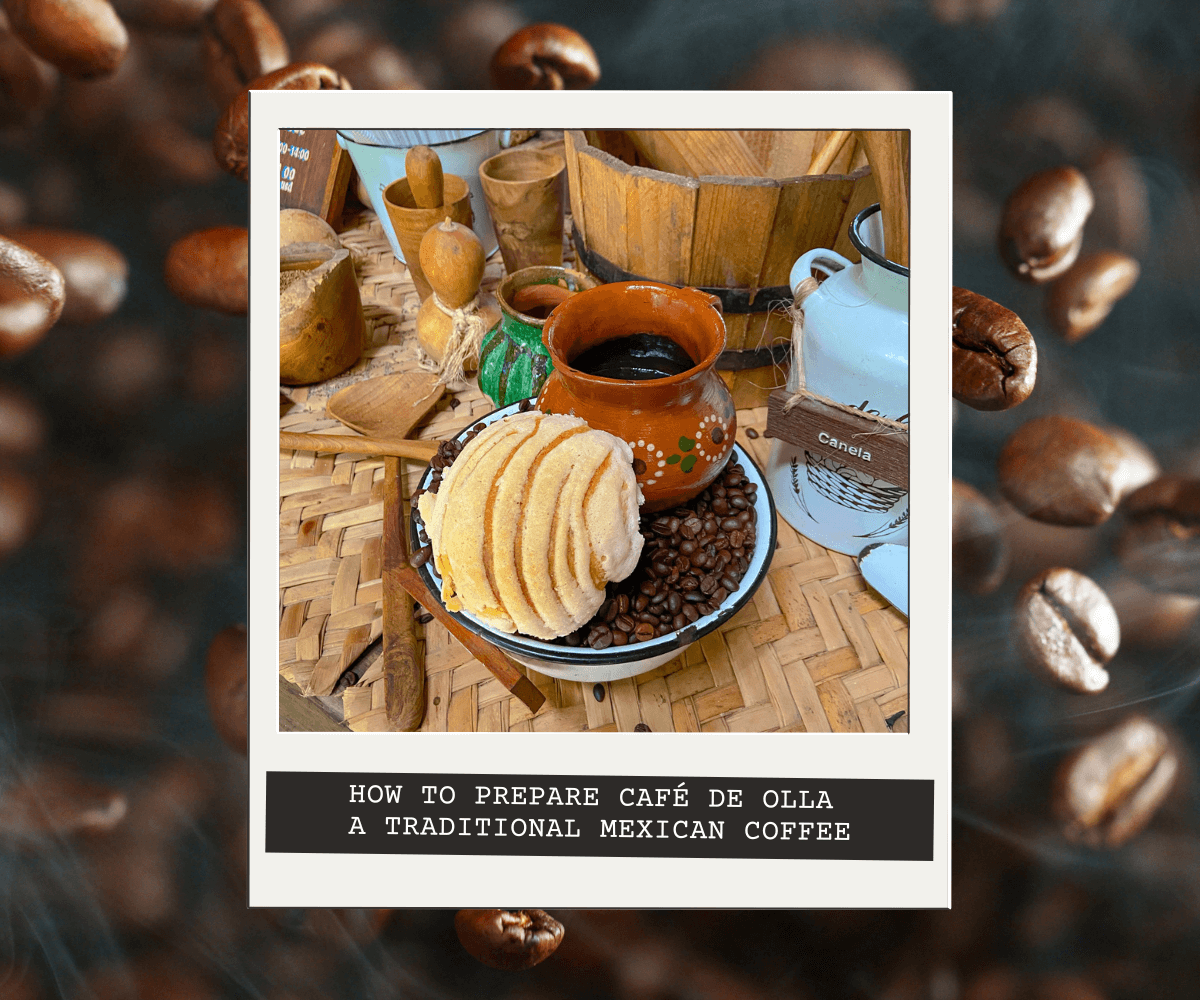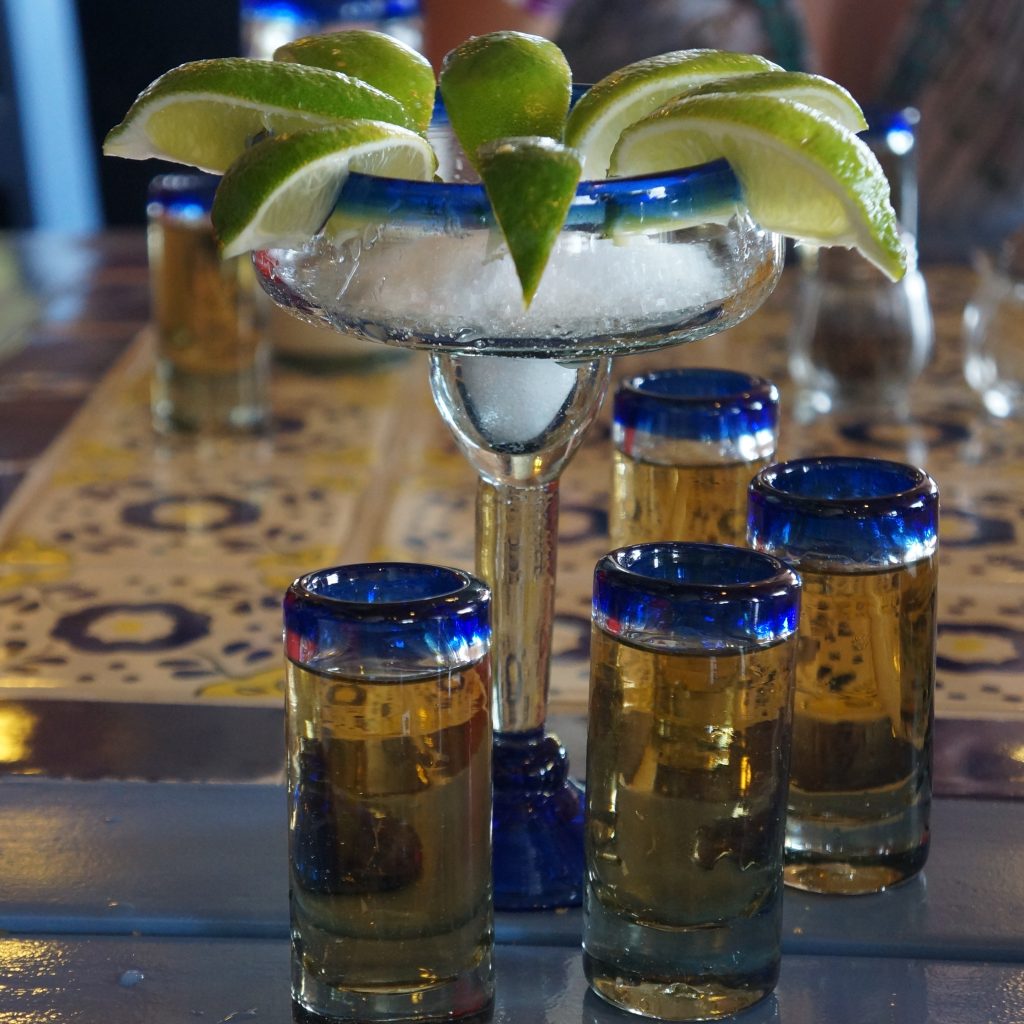A practical guide to wine tasting if you are a beginner
October 05, 2023
Everything you need to know to do a wine tasting from a top sommelier
Have you ever wondered how professional tasters can smell and taste notes you don’t perceive in wine? Well, let me tell you that it’s more straightforward than it seems, but yes, practice makes perfect.
Get pen and paper because I will reveal some secrets to appreciate and enjoy wine that Mexico's best sommelier, Sandra Fernández, shared with us during the Xcaret Gastronomic Festival.

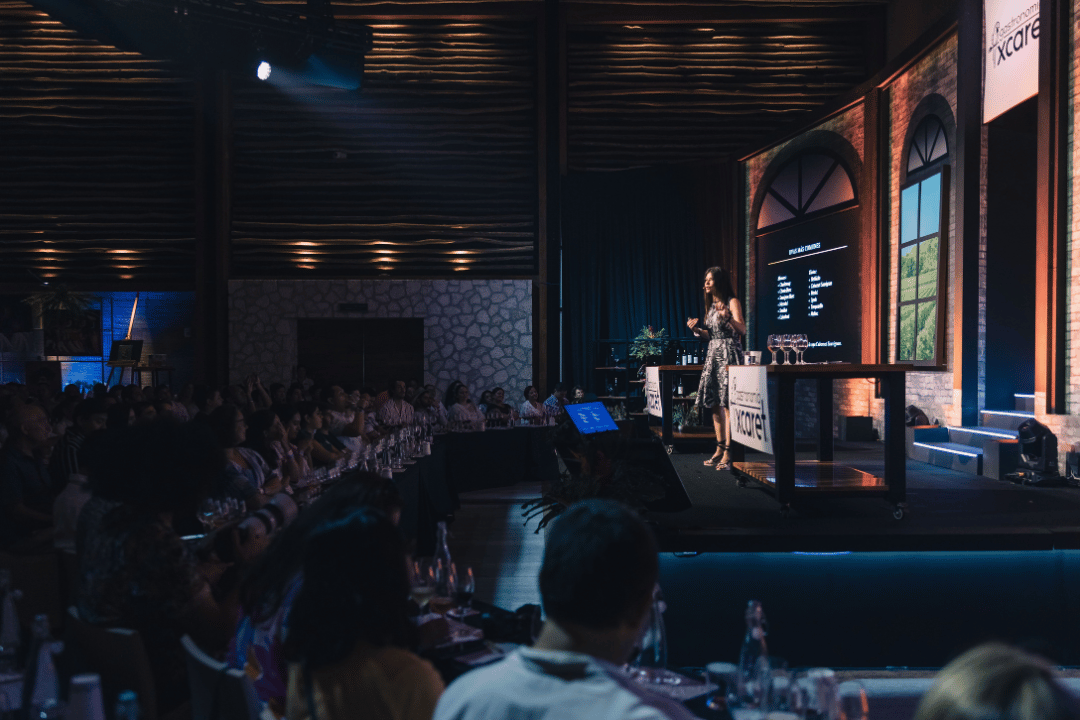
Knowing that your senses will be your best allies during a wine tasting is essential! The more you concentrate on them, the better you can describe the sensations when tasting them.
1. Identify the type of wine you are going to drink
There are several types of wine classified according to various aspects. Let me share the most basic ones.
Color
-Red: It’s easy to identify by its characteristic dark red color.
-White: Distinguished by its yellowish tone.
-Rosé: It’s pink in color, and its intensity can vary.
Amount of sugar (per liter of wine)
-Dry: Less than 5 grams of sugar.
-Semi-dry: 5 to 30 grams of sugar.
-Semi-sweet: 30 to 50 grams of sugar.
-Sweet: More than 50 grams of sugar.
Age
-Young: They don't spend time in the barrel and are bottled after elaboration.
-Aged: Minimum of 6 months in the barrel.
-Reserve: Minimum of 12 months in the barrel.
-Large reserve: At least 18 months in the barrel. However, the time may vary according to the appellation of origin and the type of wine.
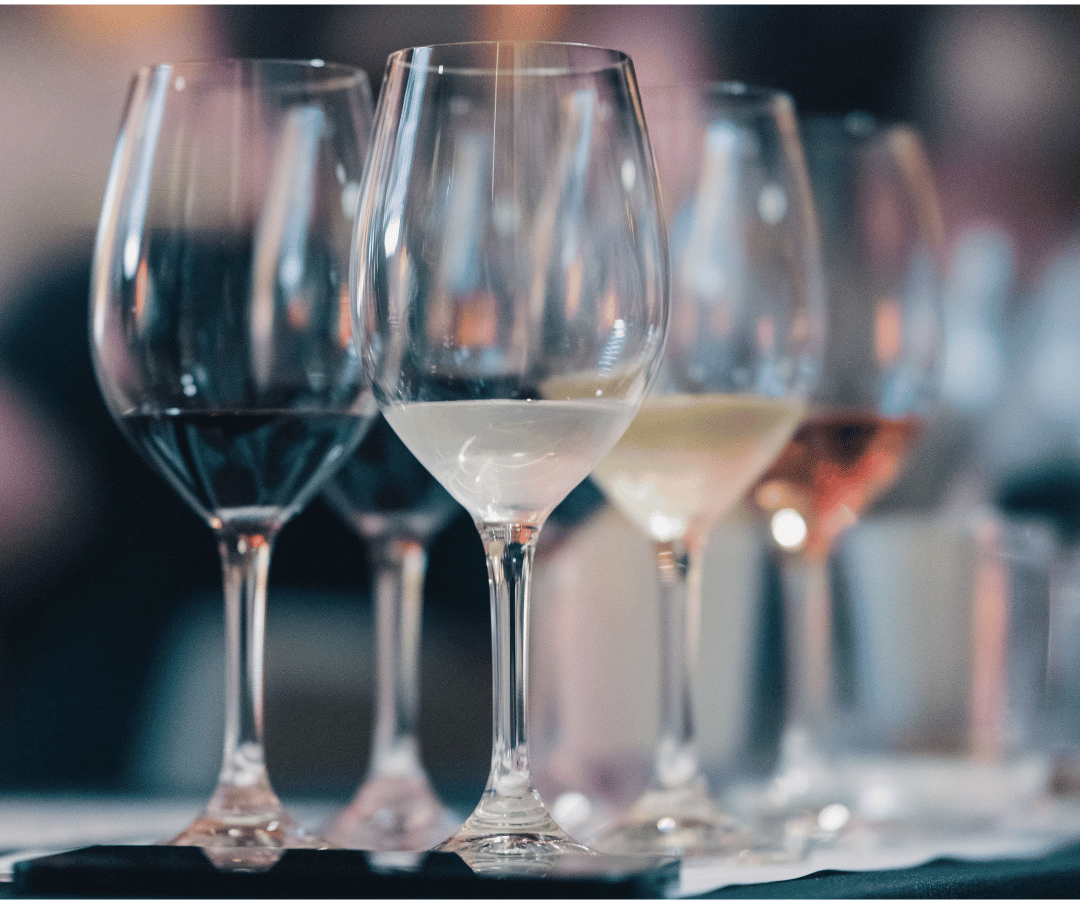

2. Use your nose to connect with the scent
If you want to detect the aromas of the wine, it’s necessary to have a good technique when you smell it.
Firstly, without shaking the glass, bring your nose as close as possible to it and concentrate on looking for aromas you already know. It will be much easier to associate it with something you have previously smelled. Then, cover the glass with your hand, shake it gently in a circular motion, and again, bring your nose close to it. With this, you will be able to perceive how those aromas you detected are more apparent and intense, which will help you put what you smell into words.
Depending on the maturity of the grapes from which the wine was made, you can perceive notes and even determine in what type of climate the grapes were harvested.
For example, if the grapes were harvested in their early stages, you can probably find aromas like jalapeño bell pepper, green bell pepper, or even celery. This smell comes from a natural compound called pyrazine, which is present in crops with little ripening time. It disappears almost completely at higher temperatures, so we can say that if the wine has these aromas, the grape was harvested in a cold climate.
On the contrary, if the grape was already ripe when the wine was made, we can find more fruity notes such as strawberry jam, cherry, or caramel. This would mean that the grape lost the pyrazine thanks to the high temperatures, and we will know that it comes from a warm climate.
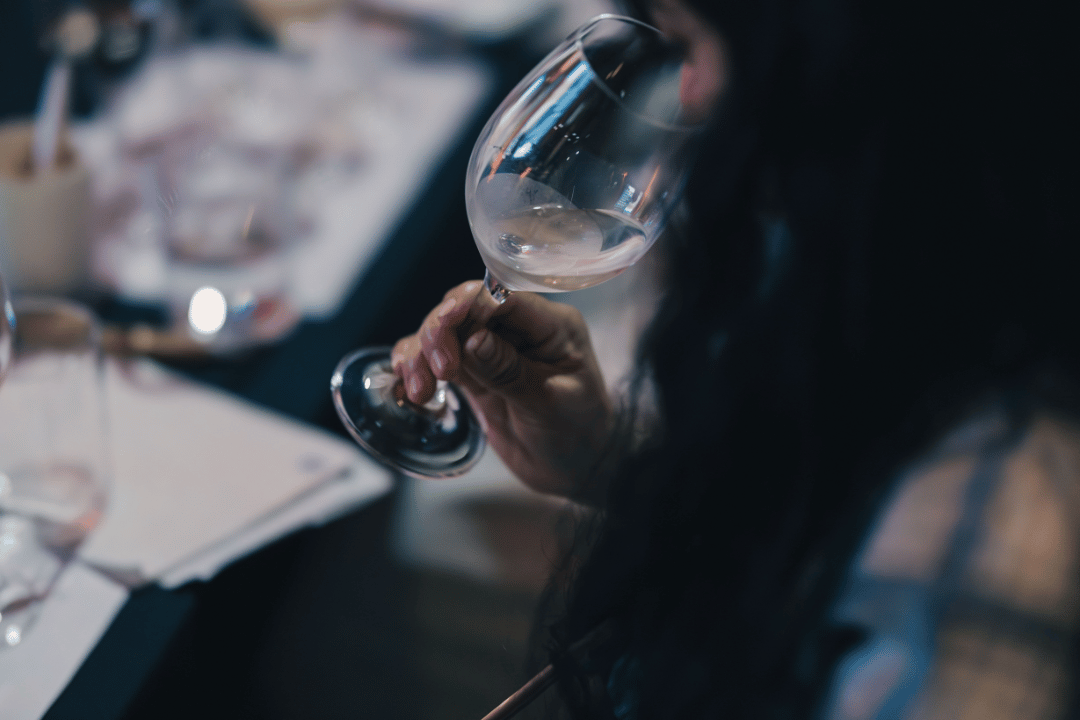
3. Start calibrating your palate
To evaluate a wine and enjoy it consciously we must be open to the flavors we are about to taste. The first thing to do is take a small gulp, rinse the walls of your mouth, and then spit it into a container to prepare your brain and stomach for what is to come. Relax! It's completely normal to do this; just be discreet.
At this moment, you will feel how you start drooling, and once this happens, you should place a large part of that saliva on the tip of your tongue to receive the first sip.
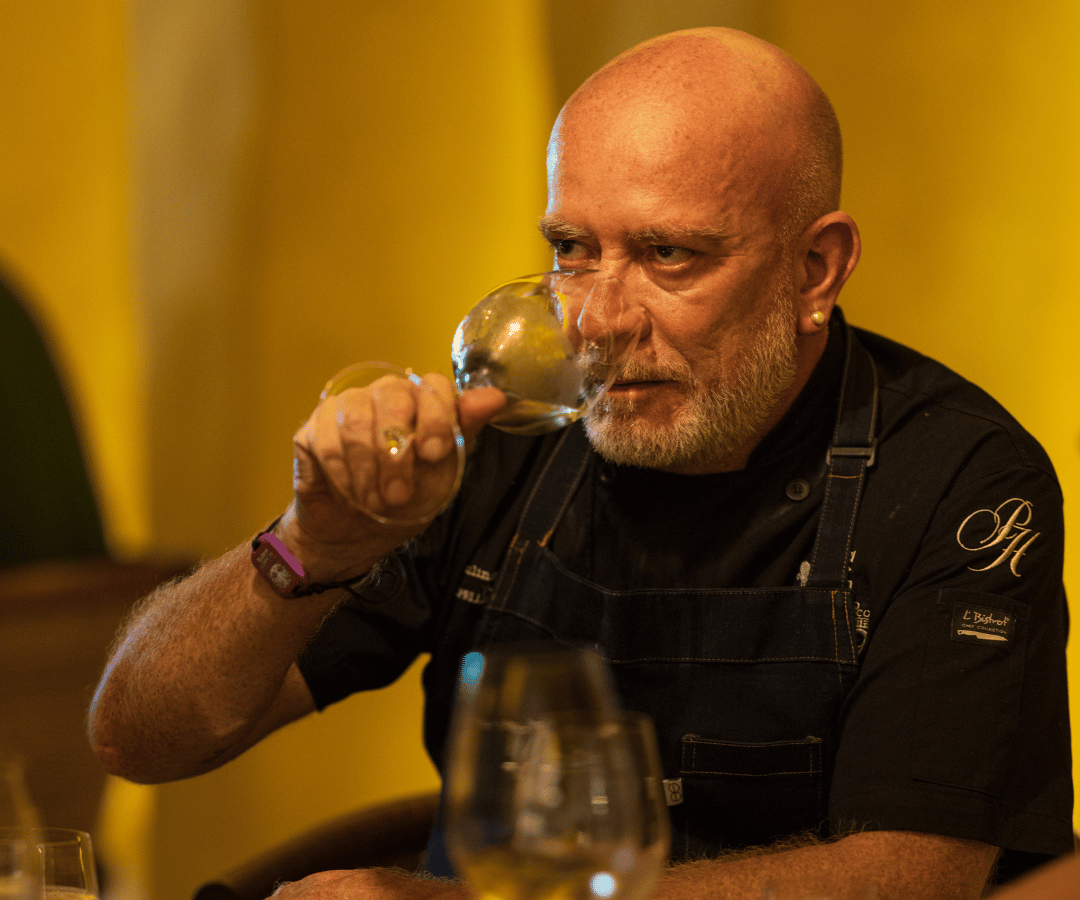
4. Taste and pay attention to the sensations and flavors in your mouth
Time to taste! The easiest thing to do when tasting your wine is to know three fundamental aspects of taste.
-Acidity: You can identify it according to the amount of saliva secreted by your taste buds. It is very similar to when you squeeze a lemon in your mouth and immediately start salivating. This happens because your brain tries to cover the acidity molecules so they don’t harm your stomach.
-Alcohol: If you have a hot sensation, your tongue stings, or the vapor of the drink reaches your nose very quickly, it likely contains a high percentage of alcohol.
-Tannin: This is a natural antioxidant that causes the wine to leave a dry and bitter sensation in the mouth when you drink it and can come from different parts of the grape, such as the skin.
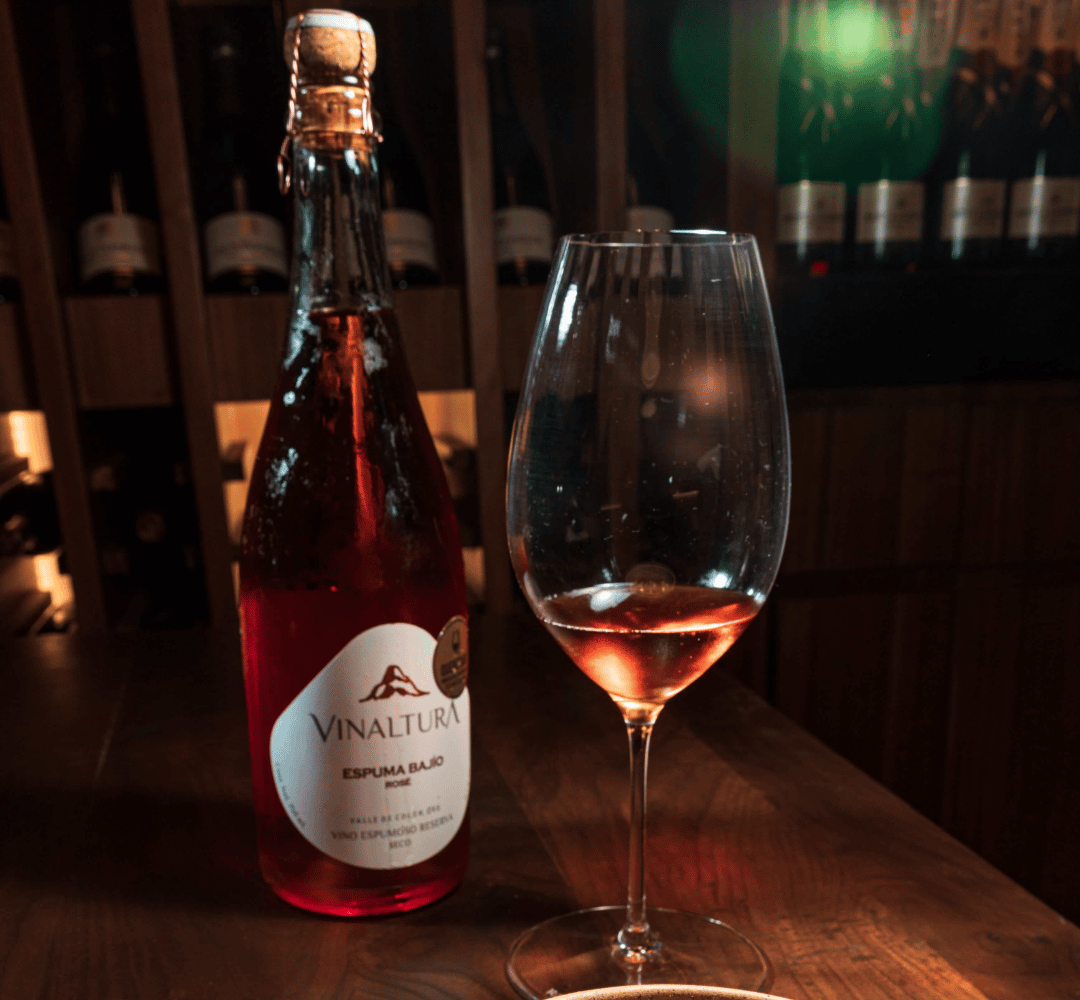
To better understand how to evaluate these aspects of wine, sommelier Sandra Fernández shared a quick but helpful tip:
"Imagine a scale from 1 to 10, starting at 5. Take a sip from your glass and place each of the above aspects (acidity, alcohol, and tannin) on a number according to your sensations, where 1 to 5 is medium-low and above 5 is medium-high."
For example, we can place the wine at 7 acidity, 4 alcohol, and 6 tannins. If we turn it into a phrase we can say that "it is a highly acidic wine that does not contain much alcohol but does leave a slight astringency mouthfeel".
Do you see? Using flashy language to describe a wine is unnecessary! A clear and concise description can be the base that helps you to better understand the flavors, smells, and sensations that a wine leaves you with.

5. Distinguish the aftertaste left in your mouth
By nature, every time we use our mouth, the nasal passage closes and does not allow us to perceive odors at the same time that we eat or drink. To identify the aftertaste, you have to open the nasal passage and make retronasal breaths, that is, let the heat of the mouth generate a vapor while keeping the mouth closed so that this vapor reaches the olfactory bulb. This way you’ll be able to perceive odors while you eat or drink.
Sommeliers say that the longer the aftertaste, the higher the quality of the wine.
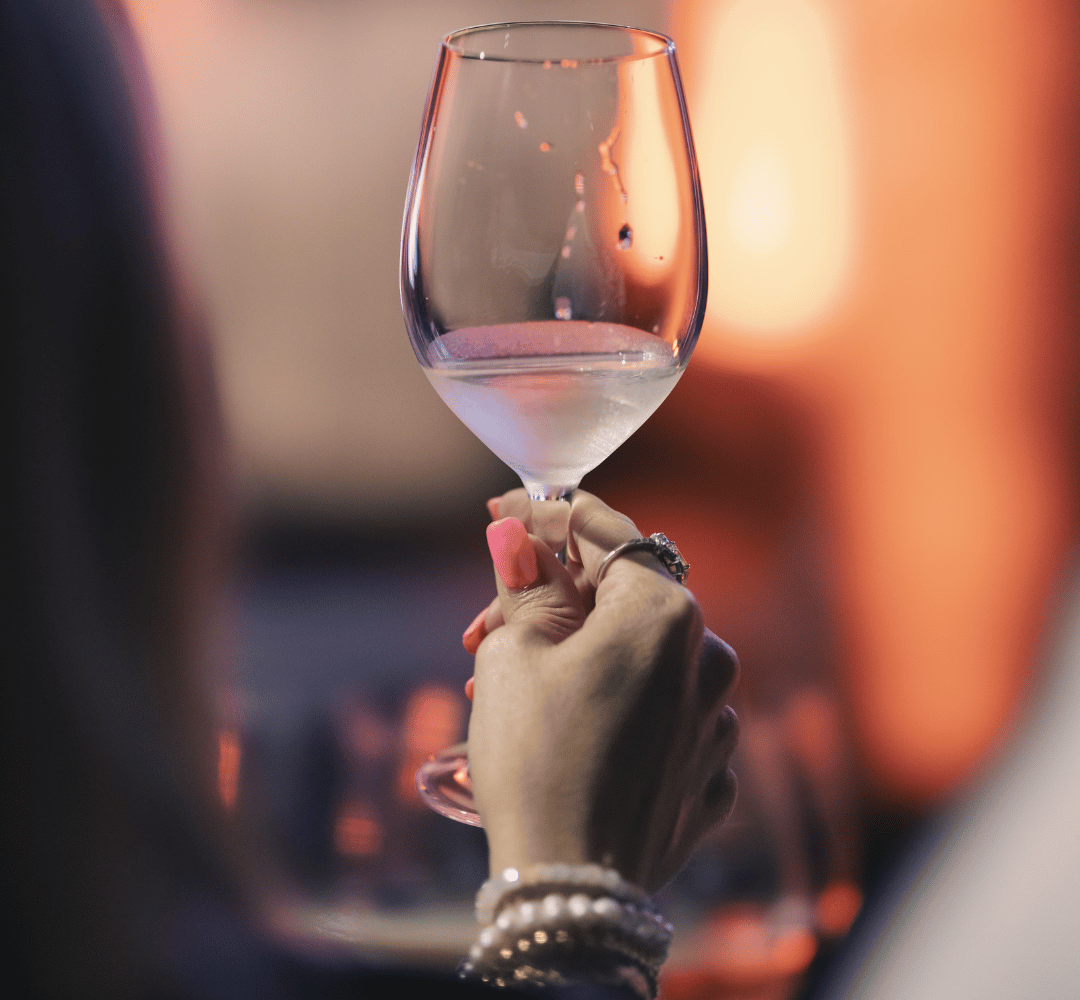
6. Create your pairings
Pairing is the union of a beverage with a food that complements each other and gives you an experience of flavor. So, what can you imagine drinking this wine with?
The complement you choose can diminish or intensify certain sensations the wine leaves according to your tastes. For example, rosé wines go very well with pink things like salmon, shrimp, tuna, beets, crab, or lobster, while a red or white wine complements very well with a cheese board, cold meats, and some plates of pasta.
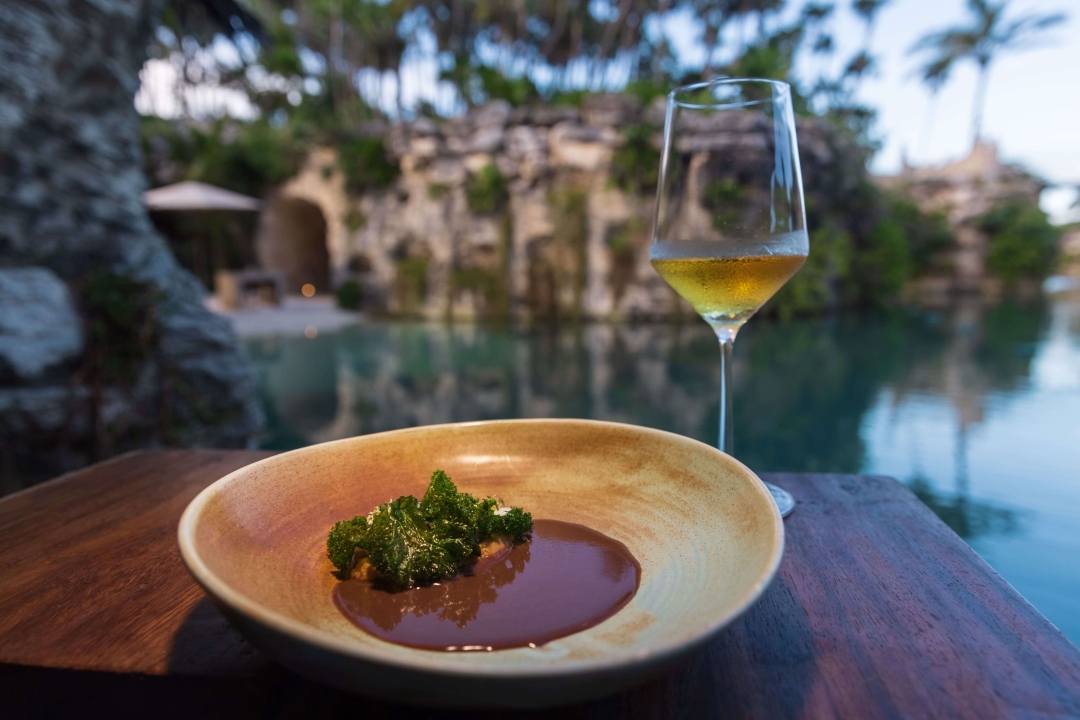
Perfect! You are now ready to start tasting wine. Remember that the important thing is to keep practicing and challenging your senses to try new things.
If you follow this simple guide, I assure you that you will surprise everyone at your next meeting as a real sommelier.

Fan de conocer nuevos lugares, vivir experiencias extremas y disfrutar el momento.

Posts Relacionados
Grupo Xcaret
Hotels

